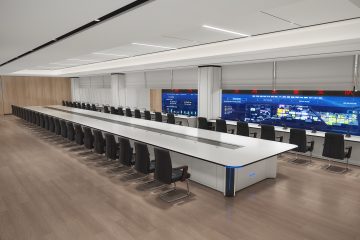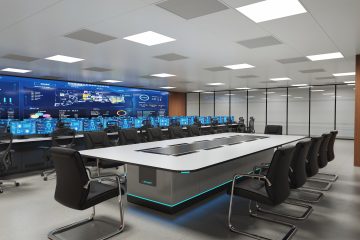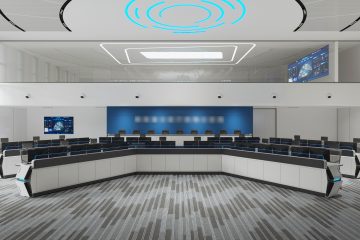Click me to visit our new website
Command Center Workstations: Enhancing Efficiency and Productivity
Introduction to Command Center Workstations
The Role of Command Centers in Modern Operations
Command centers are the nerve centers of various industries, from emergency response and military operations to corporate settings and traffic management. They centralize information, enhance communication, and support critical decision-making processes. In today’s fast-paced environment, command centers need to be efficient, technologically advanced, and ergonomic to handle the increasing volume and complexity of data. This section introduces the concept of command centers and their importance in ensuring smooth and effective operations.
Benefits of Implementing Dedicated Workstations
Dedicated workstations in command centers bring numerous benefits, including improved focus, better data visualization, and enhanced collaboration. They allow operators to access and analyze real-time data, leading to quicker and more informed decision-making. Additionally, specialized workstations can be customized to meet the specific needs of different operations, ensuring that personnel have the right tools and resources at their fingertips. This section explores how dedicated workstations contribute to the overall efficiency and productivity of command centers.
Key Features for Effective Command Center Workstations
Effective command center workstations need to incorporate several key features to ensure they meet the demands of modern operations. These features include high-quality displays for clear and detailed data visualization, ergonomic furniture to reduce physical strain and enhance comfort, and robust technological integration for seamless connectivity and data sharing. Additionally, workstations should be designed to support multitasking and facilitate easy communication between team members. This section delves into the essential features that make command center workstations effective and efficient.
Setting Up an Efficient Command Center
Ergonomic Design and Layout
Ergonomic design is crucial in command centers, where operators often work long hours under high stress. Proper ergonomic setup reduces the risk of injury and fatigue, allowing personnel to maintain high levels of concentration and productivity. This includes adjustable desks and chairs, optimal monitor placement, and adequate lighting. The layout of the command center should also promote easy movement and quick access to necessary equipment. This section provides insights into designing an ergonomic and efficient workspace for command centers.
Technological Integration and Connectivity
In a command center, technology is at the heart of operations. Ensuring seamless integration and connectivity of various technological tools and systems is vital for efficient workflow and communication. This includes integrating advanced software for data analysis, ensuring reliable network connectivity, and using unified communication systems to streamline information sharing. Proper technological setup enables real-time monitoring, quick data retrieval, and efficient coordination among team members. This section discusses the importance of technological integration and offers tips for achieving it in a command center.
By focusing on these key aspects, organizations can set up command center workstations that significantly enhance efficiency and productivity, ultimately leading to better decision-making and improved operational outcomes.



0 Comments